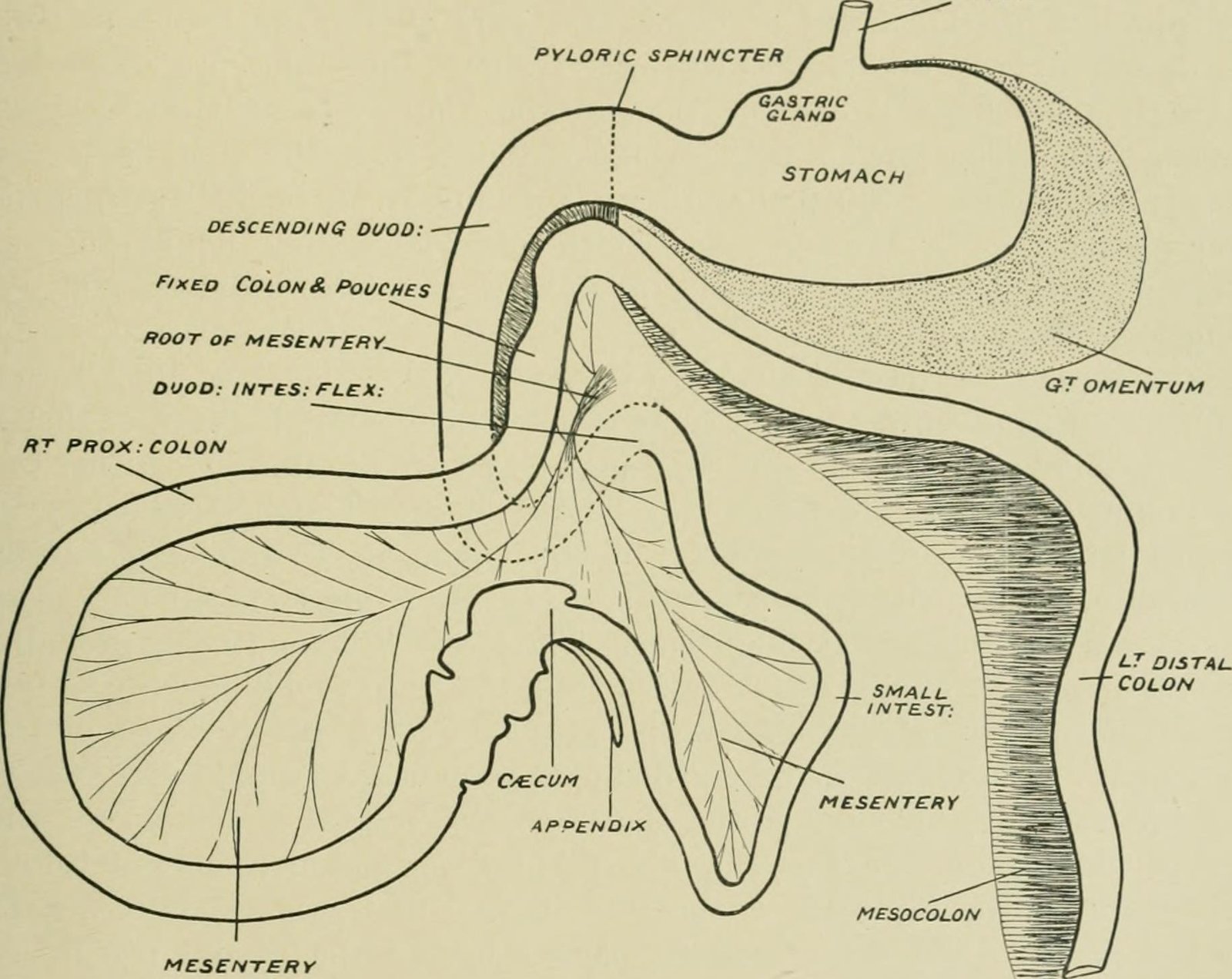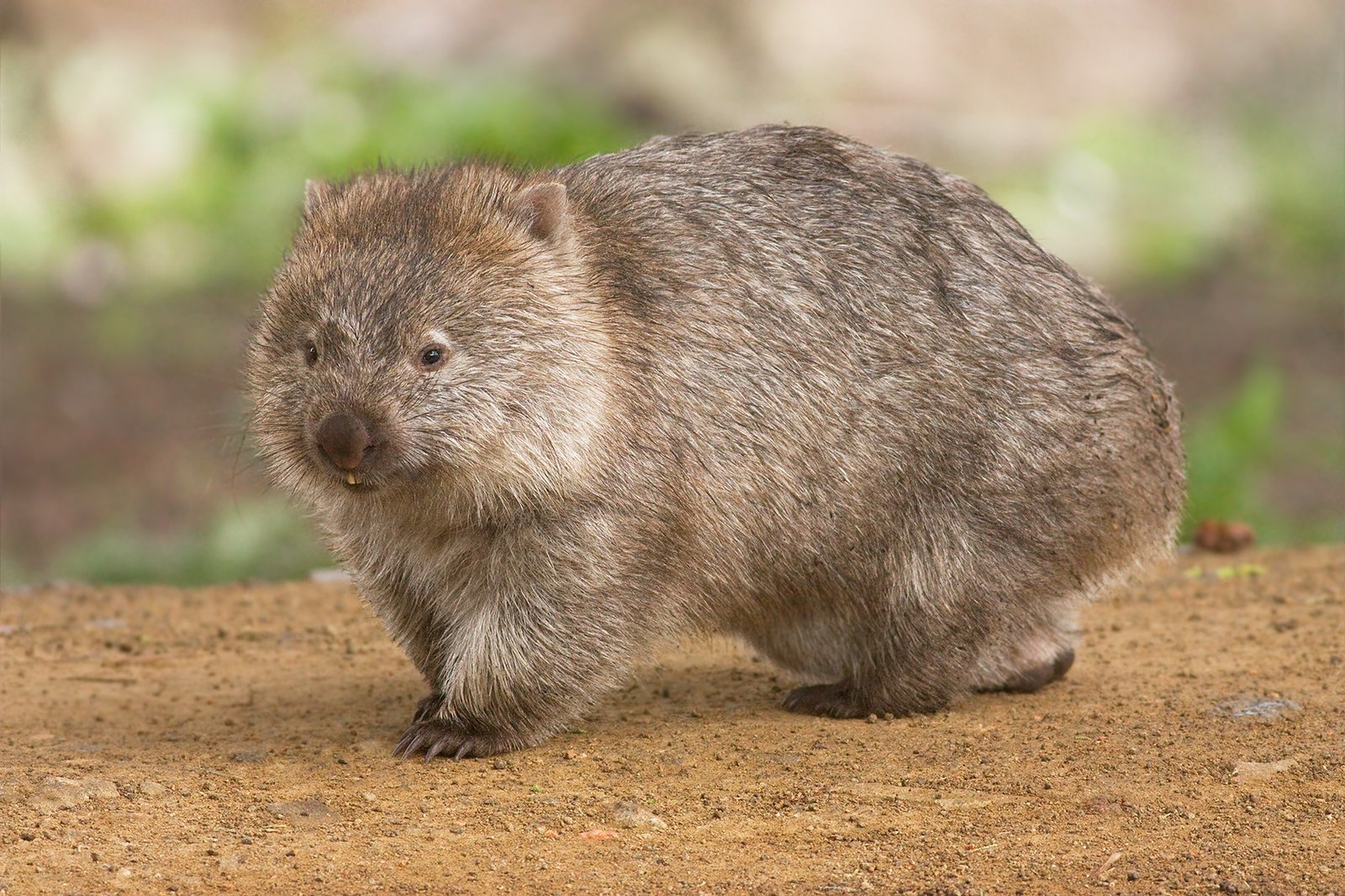Have you ever heard of an animal that poops perfect cubes? It sounds like a bizarre trick of nature, something you’d expect from a fantasy novel rather than the Australian wilderness. But for the humble wombat, cube-shaped droppings are not just a quirky trait—they are a vital part of their survival story. This surprising adaptation has left scientists scratching their heads for decades, eager to unlock the mysteries held in every little cube. Why does the wombat, alone among all animals, leave these geometric marvels across the forest floor? The answer is as strange as it is fascinating, pulling us into a world where biology, physics, and evolution collide in the most unexpected way.
The Remarkable Wombat: Nature’s Burrowing Engineer

Wombats might look like cuddly teddy bears, but these marsupials are sturdy, determined diggers who shape the land around them. Found mostly in Australia, wombats spend much of their time in burrows, creating complex tunnels that protect them from predators and harsh weather. Their powerful limbs and sharp claws are perfectly adapted for moving earth. With their chunky bodies and slow gait, wombats seem almost comically ordinary—except for one extraordinary detail: their cube-shaped poop. This quirk has made them a favorite among wildlife enthusiasts and scientists alike, turning an everyday act into a tantalizing mystery.
Why Cube-Shaped Poop? The Evolutionary Advantage

At first glance, cube-shaped droppings might seem like nothing more than a biological oddity. But for wombats, these little cubes serve a crucial purpose. Wombats use their feces to mark their territory and communicate with other wombats. A cube shape means the droppings won’t roll away on the sloped terrain of their rocky habitats. Imagine trying to stack round marbles versus tiny building blocks—the cubes stay put, making them perfect signposts for other wombats. Over generations, this trait has helped wombats claim their space and avoid dangerous confrontations, a clever twist of evolution that turns poop into a survival tool.
Inside the Wombat: The Journey of Digestion

The process that turns food into cube-shaped feces begins deep inside the wombat’s gut. Unlike humans, whose intestines squeeze out soft, rounded waste, wombats have a uniquely structured digestive tract. Their intestines are exceptionally long and slow-moving, designed to extract as much water and nutrition as possible from tough, fibrous plants. As food travels through this winding maze, it is compacted and shaped in a way that no other animal achieves. The slow pace allows the formation of firm, dry feces—a key ingredient in the creation of those iconic cubes.
The Physics of Cubes: How Does It Happen?

Scientists long wondered how soft biological tissue could produce such sharply defined cubes. Only recently did they discover the secret lies in the wombat’s intestines. The gut is not uniform; some sections are more flexible, while others are stiffer. As the digested material moves through these alternating bands, it is squeezed unevenly. This rhythmic, uneven pressure molds the feces into segmented blocks. Imagine pressing clay through a tube with both hard and soft spots—the result is a series of evenly shaped chunks, just like the wombat’s droppings. This remarkable feat of natural engineering is a testament to the power of physics in the animal kingdom.
Comparisons with Other Animals: What Makes Wombats Unique?
Most animals, from sheep to elephants, produce droppings that are round or pellet-shaped. Even animals with unusual diets or long digestive tracts do not create cubes. The wombat’s cube-shaped feces stand out as a singular phenomenon in the animal world. For years, researchers thought perhaps the shape was due to the animal’s rectum, but dissections and careful measurements proved otherwise. It is the unique combination of intestinal structure and the way the gut contracts that makes this possible. No other animal has evolved quite this way, making the wombat a true original.
Real-World Uses: Wombat Poop in the Wild

In the wild, wombats carefully place their droppings on rocks, logs, and other raised surfaces. This behavior is not random—it is a strategic move to maximize their scent-marking and communication. The cubes’ stability means they can be stacked or perched without rolling away, ensuring their message lasts as long as possible. Other wombats passing by can detect these markers and learn about the territory, the health, or even the reproductive status of their neighbors. In a sense, each cube is a tiny, smelly business card, left behind in a landscape of competition and survival.
The Science of Poop: What Researchers Have Learned

Scientists have spent years investigating the physics and biology behind wombat poop, conducting everything from dissections to laboratory simulations. By recreating the pressures and movements inside the wombat’s intestine, researchers have confirmed that differences in tissue elasticity are crucial. The firmness of the feces, combined with the shape of the gut, creates the signature cubes. These studies have not only solved the mystery of the cubes but also shed light on how soft tissues can produce hard-edged forms—a question with implications far beyond marsupial biology.
Implications for Engineering and Medicine

The discovery of how wombats create cubes has inspired more than just curiosity. Engineers and medical researchers are intrigued by the way soft biological materials can be shaped so precisely. This knowledge could help in the design of new manufacturing processes or medical devices, especially those that require soft tissues to be formed into specific shapes. The humble wombat, through its peculiar digestive process, may one day influence innovations in technology and healthcare, proving that nature’s oddities can be a source of inspiration.
Fascination and Conservation: Why Wombats Matter

Wombats, with their endearing looks and quirky habits, have captured the hearts of many. But these animals face real threats, including habitat loss and disease. Their cube-shaped poop has become a symbol of their uniqueness, drawing attention to their plight and the urgent need for conservation. By understanding and celebrating their strange adaptations, we foster a deeper appreciation for the complexity and ingenuity of the natural world. Each cube reminds us that even the most unassuming creatures can hold secrets worth cherishing.
What the Wombat’s Poop Teaches Us About Nature
The story of the wombat’s cube-shaped poop is more than just a quirky fact; it’s a lesson in how evolution, biology, and physics intertwine in the most unexpected ways. Nature is full of surprises—ingenious solutions hiding in plain sight, waiting to be discovered by those who look closely. The next time you hear about an ordinary animal doing something extraordinary, remember the wombat and its unlikely geometric gift. Isn’t it amazing how even the smallest details can reveal the wonders of life?




